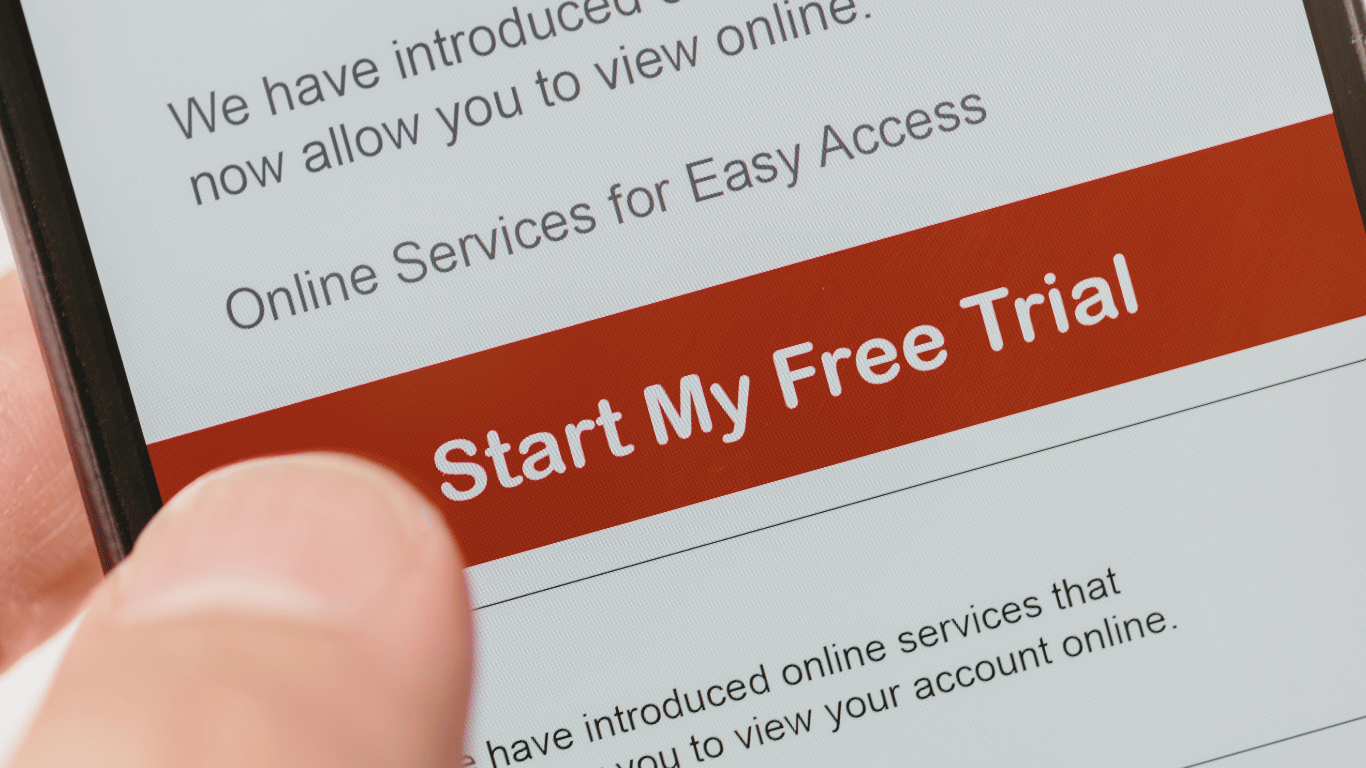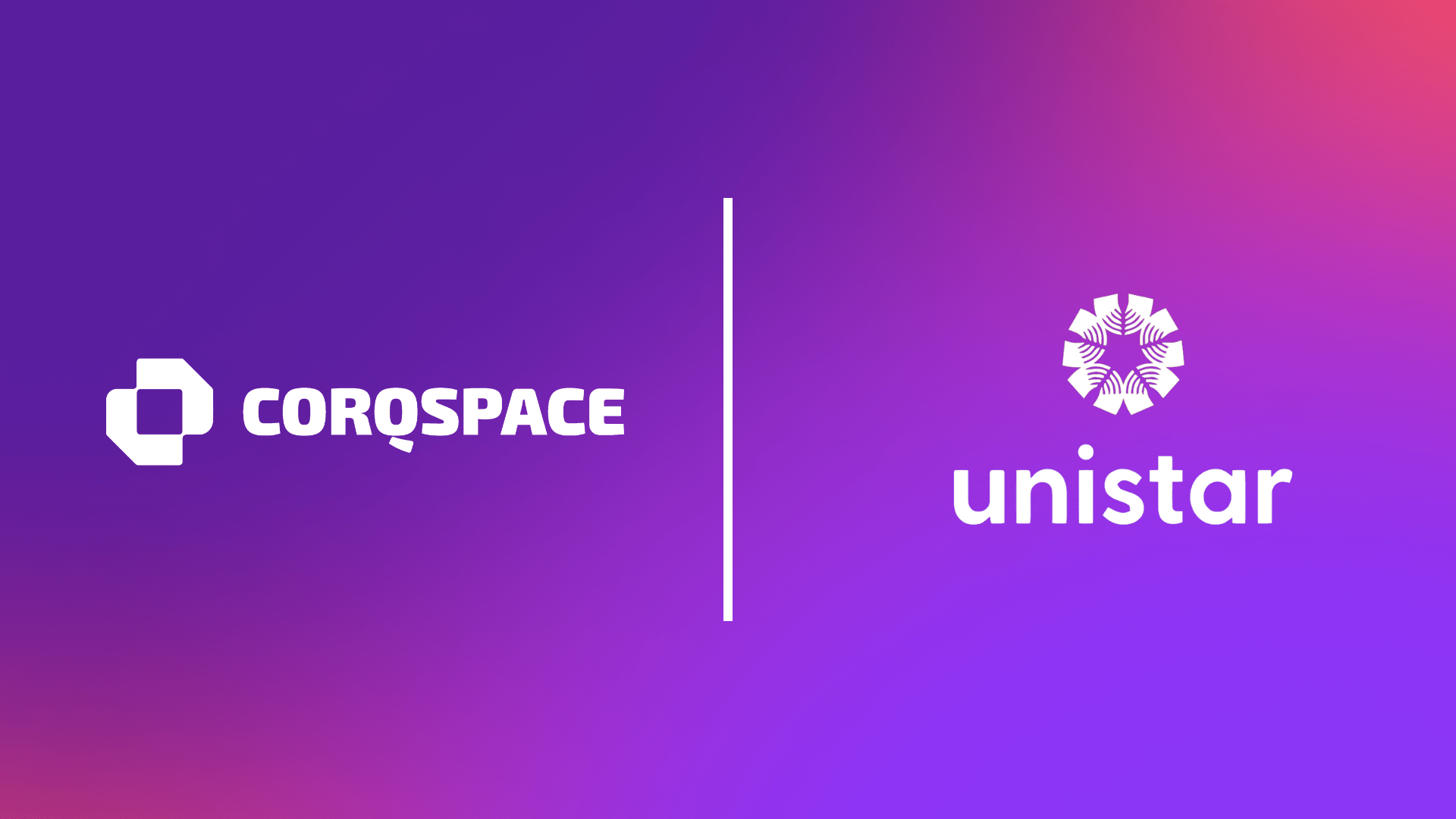Imagine, receiving a two-week free trial for a solution you’re interested in. You’ve probably done this before. During this period, you likely accessed the platform once or twice, navigating through various buttons and user-interfaces to get a feel for its functionality. Then, after the two weeks have ended, you barely scratched the surface, and your understanding of how it helps with your issues is still not clear. As a result, you find yourself in a familiar situation where you’re looking for solutions to your problems.
You’ll be very surprised that this happens very often. We’re sharing what we’ve learned from the hundreds of free trials we’ve provided our clients. You’ll learn how to make the most of the free trial, and in some cases, you might not need a Proof of Concept at all. Before we start, understand the reasons for these 3 simple steps:
Why is this necessary?
Be Smart, Not Busy. Doing the trial without a plan creates an extra step or two (Additional meetings, clarifications, and proof of concepts) which causes additional work and unnecessary delays. You typically encounter requesting trial extensions because time flew by. Most clients wait to finish the 2 weeks, some extend when it can be streamlined within just one week.
Get First Hand Experience Solving the Problem. Modern solutions, tailored for specific uses, typically involve minimal UX changes. The distinction between trial and production systems is often just in data or added computation. Therefore, the free trial is very close to production systems already.
Explore Long-Term Partnership. Get to know and understand the relationship before making a big commitment to ensure you’re maximizing your investment with the vendor.
Before we begin – view the free trial as a collaborative effort
Instead of viewing the free trial as a self-service experience, consider it as a collaborative effort to make the most of your time. This approach allows you to achieve several key benefits:
Firstly, you can openly share your challenges and express what you hope to achieve during the trial. This enables the vendor to tailor the experience to meet your expectations within reasonable bounds. It also provides an immediate understanding of whether your desired outcomes are feasible or if there are potential workarounds.
Secondly, the vendor will furnish you with a trial guide. Each software has unique interfaces and functionalities in addressing different types of problems. As a result, having a guide is crucial for navigating the solution effectively. This guide not only covers the basics of navigation but also offers insights into your problems. You’ll see how your problems can potentially be solved within the software.
Lastly, this collaborative approach allows you to interact with your vendor and observe their dynamics and work style before committing to a substantial investment. The only investment required at this stage is your time.
Now that it’s done, here are 3 steps for maximizing your Free Trial:
Step 1: List Down 5 Goals
Within the 5 goals outlined, focus on selecting the top 3 that matter most to you. Opting for three goals is ideal, as it’s a manageable number that keeps you concentrated during the trial. Attempting more may feel overwhelming, leading to a loss of motivation and hindering your trial progress. Conversely, having fewer than 3 goals might make you question the trial’s value or feel that your time could be better spent elsewhere.
Goals generally fall into two categories: functional and technical requirements. Functional goals address the problems you aim to solve, emphasizing why you embarked on the free trial in the first place. It’s essential to remember that companies don’t engage in trials without a very good reason.
During the initial research phase, prioritize functional requirements over technical ones. Understand whether the trial adequately addresses your problems before delving into technical aspects. Typically, questions related to API, architecture, or security can be addressed through white papers.
Step 2: Do the Trial in 3 sessions
Then, to optimize your trial experience, avoid attempting it in one long session; instead, break it down based on each goal. This approach allows for a comprehensive understanding of how each goal will be addressed. By addressing goals individually, you gain insights into the complexity of your problems and how straightforward or intricate they might be.
Don’t hesitate to engage with your vendor when you want to dedicate a session to a specific goal; typically, these sessions last around 30-45 minutes. This communication provides immediate feedback on your inquiries. Our experience suggests that this trial approach benefits both the customer and the vendor, fostering a deeper understanding of the problem even before a substantial commitment is made. It gives you a preliminary sense of whether the trial will effectively address your problem and if the effort is worth the investment.
Step 3: Notify Vendor with Your Findings
Given that vendors possess an in-depth understanding of their software and how problems are addressed using their tools, it’s crucial to communicate any concerns you encounter. This dialogue helps clarify whether you might have overlooked something or if you’re seeking insights into potential workarounds.
Should you need more time for your trial, don’t hesitate to request an extension. Typically, vendors are willing to grant a single extension. If, even after the extension, you determine that the software isn’t a suitable fit for your needs, inform the vendor at that point. This ensures that both parties are aware of the situation and can proceed accordingly.
By now, you’ve likely realized the feasibility of tackling three out of your five challenges. Addressing the remaining two should certainly be attainable, especially after discussing potential solutions with the vendor. You’ve gained insights into the ease or difficulty of working with the vendor. With this information, you’ve saved valuable time and are well-prepared for deployment.
Are you interested to receive the latest news trends, and tips on technology at the workplace? Follow us on LinkedIn!





